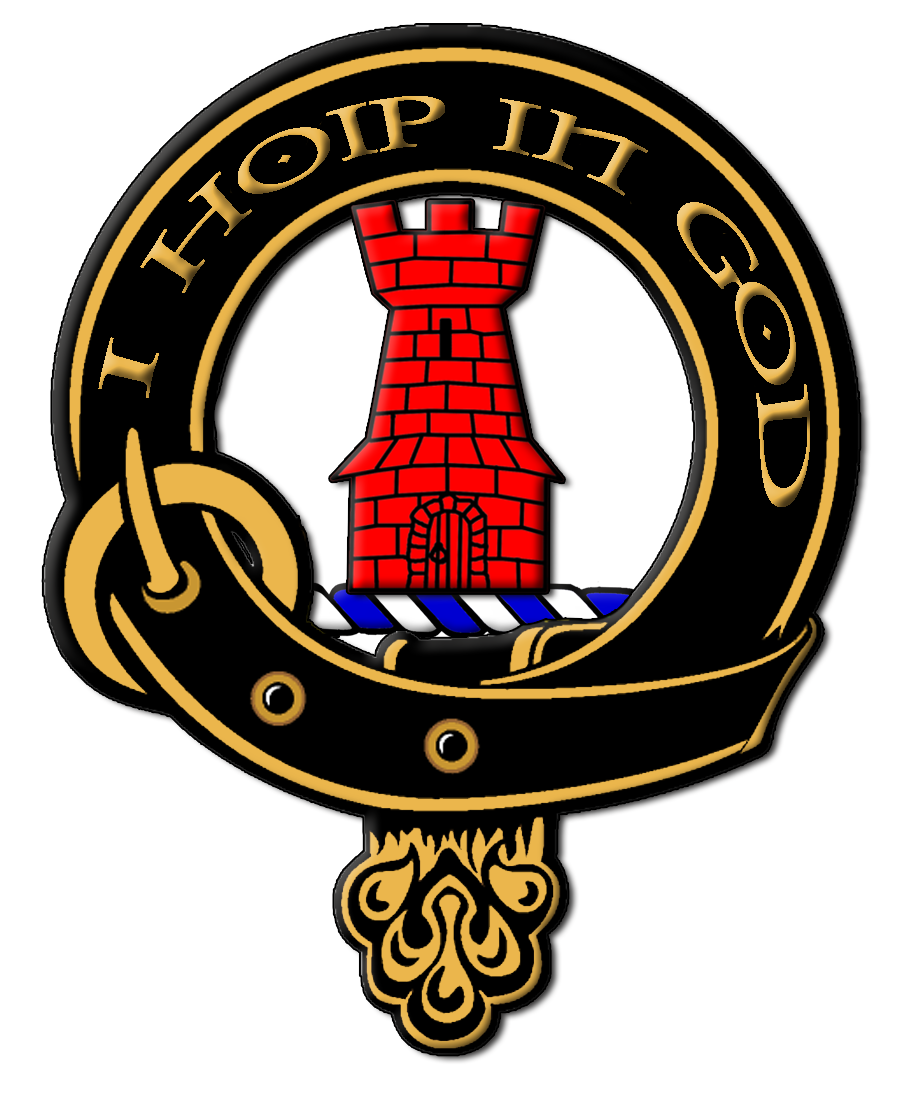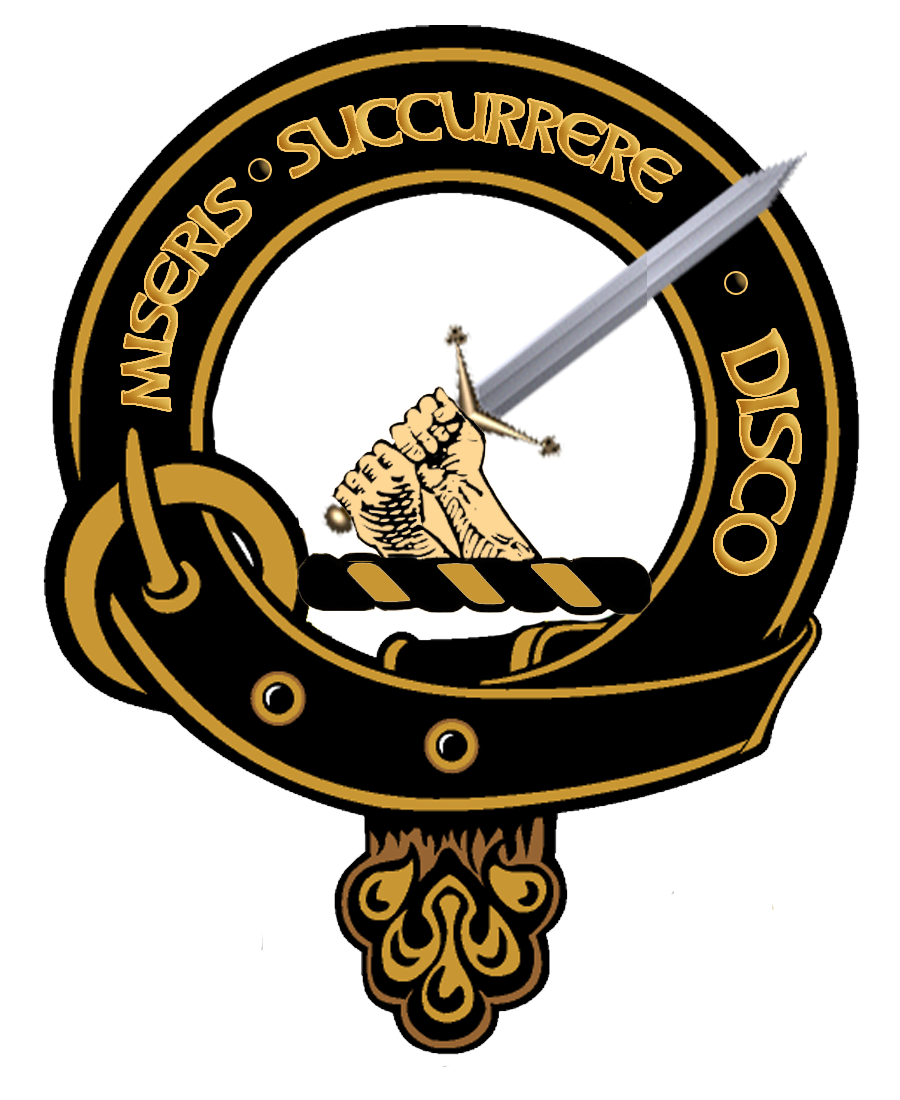CLAN CREST BADGESReprinted with permission from "The Red Banner", Clan Macnachtan Association Worldwide |
|
Non-Armigerous Clan MembersIn ancient times, a Chief wore in battle a distinguishing badge on his helmet, a device which his followers could recognize in the turmoil of action. This is known as the CREST OF THE CHIEF and appears at the top of his full coat of arms. Anyone bearing the same name as a Scottish Chief is a Clansman of the Chief and has the privilege of wearing his CREST surrounded by a STRAP & BUCKLE GARTER to denote his clan allegiance. The great Scottish Clans contain families who bore a different surname but were descended from the Chief through the female line. They are called Septs. Therefore, anyone who has an ancestor bearing a sept name or the clan name itself have the privilege of wearing or displaying the crest badge and indeed only they may legitimately wear this authentic Scottish ancient device. |
|
 |
 |
MacNaughton |
MacMillan |
Armigerous Clan MembersMembers of Scottish clans are considered, by the Court of the Lord Lyon, to be relatives of their clan chief. They can be either immediate family or extended family. Clan members can also be people who only bear the "clan surname" or a sept name associated with the clan. |
||
 |
 |
 |
Chief of Clan Badge |
Chieftain Badge |
Armigerous Clan Member Badge |
|
A clan chief is the head of his or her clan/family, and is the representer of the family's founder. A clan chief must be recognized as such by the Lord Lyon King of Arms, and must possess the undifferenced arms of their name. Clan chiefs may wear their crest simpliciter, that is without being encircled by the motto and without any feathers. Clan chiefs are also entitled to wear three eagle feathers behind the circlet of their crest badge. On certain occasions, such as clan gatherings, it may be appropriate to use real eagle feathers. Clan chiefs that are members of the British Peerage or a feudal baron are entitled to wear the appropriate coronet or baronial chapeau above the circlet on their crest badge, though this is a matter of personal preference. |
Clan chieftains are the representers of large branches of a Scottish clan. They are officially recognized as clan chieftains by the Lord Lyon King of Arms. Clan chieftains may also wear two small eagle feathers (unlike the chief's three). On certain occasions real eagle feathers may be worn behind the crest badge. If a clan chieftain is a member of the British Peerage or a feudal baron they are permitted to wear the appropriate coronet or baronial chapeau above the circlet on their crest badge. Clan chieftains may also wear the crest badge of their chief, in the same manner as an un-armigerous clan member (see Un-armigerous clan members above). |
In terms of Scottish Heraldry, an armiger is someone who has registered his or her own coat of arms, or has inherited a coat of arms according to the Laws of Arms in Scotland from an ancestor who had arms recorded in the Lyon Register. Armigers, like clan chiefs and chieftains, may wear their own personal crest within a plain circlet inscribed with their own motto or slogan. If an Armiger is a member of the British Peerage or a feudal baron they are permitted to wear the appropriate coronet or baronial chapeau above the circlet on their crest badge. If an armiger is a member of a Scottish clan, he or she may wear the crest badge of their chief, however it must be encircled by a strap and buckle (see Un-armigerous clan members above). |
